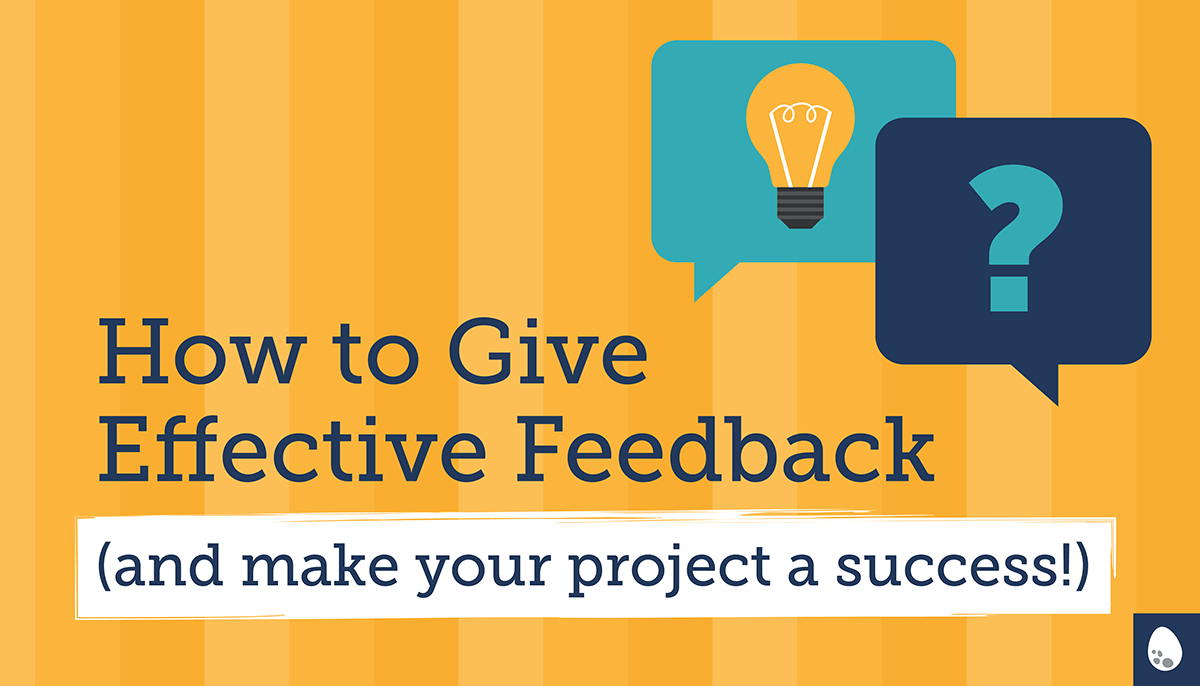Arriving at the best creative outcome involves input from both sides; the client and the designer. The designer may be an expert in their field but you’re an expert in your business. When the right balance is achieved, you’ve set the stage for great things to happen.
You should never feel bullied by a designer. Bullying can come in the form of:
- refusing to make a change without articulating why
- not being open to any of your input
- having a ‘their way or the highway’ attitude
This type of behaviour will often leave you settling (and paying) for something you’re not satisfied with.
But it’s a two-way street – you don’t want to hijack the design process either. Remember, you hired a designer for their skills and expertise, so be respectful of what they can offer. It’s fine to challenge them, but questioning every minute detail during the entire process will send the message that you don’t trust in their abilities.
You don’t want to fall into the habit of:
- not being open to new ideas
- art directing every little detail
- saying “yes” or “it’s great” all the time (unless you truly are happy with the results)
To create a great working relationship with a designer and to get the best creative results from them, here are a few tips to navigate the feedback process:
Be direct
You receive a concept from the designer that is so far from what you had hoped for (and not in a good way). For the super-polite among us, beating around the bush about your true thoughts on it is a natural way to respond. Fight that urge.
While you may be sparing the designer’s feelings in the short term, your wishy-washy response may lead to confusion and create more back and forth revisions as you try to gently guide things in the direction you want.
It’s best to cut to the chase and be honest. Just be respectful—there are friendly ways to say you despise something.
Ask questions but don’t constantly challenge
Has a design decision left you puzzled? If the designer hasn’t articulated a certain aspect of the design, don’t feel you have to blindly accept it as is. Ask ‘why?’.
I wouldn’t advise questioning every little thing, though. It’s a quick way to leave your designer feeling their expertise is not being valued.
Point out problems but don’t try to solve them
If something just isn’t ‘popping’ off the page, say so, but try to avoid coming up with the exact fix. If you really feel the need to add some direction, give examples or references but leave the solutions to your designer.
Example Problem:
The feature article doesn’t stand out on the cover.
Possible Feedback:
Bad: “Put the title in a bold font (dark blue) and put a yellow box behind it. And make sure the box has a white glow around the outside.”
Better: “What if you put that title in some sort of call-out box like we did with the October issue?”
Best: “The title isn’t standing out enough on the page. I’d like to draw more attention to it. What do you suggest?”
Revisit the creative brief
It can be hard staying objective when it comes to reviewing design work. Maybe you personally loathe the colour orange but you have to put those aversions aside and think about the end goal. Does it work for the message and audience?
As a way to help maintain objectivity, revisit the original creative brief. What are you setting out to accomplish? Who is the audience? What tone/message are you trying to convey? Use that as the basis for feedback.
Example: “I like the look of the black background but the target audience are new mothers and I feel a softer colour palette is more appropriate.”
By referencing the original brief, the designer will understand where your feedback is coming from and provide a gentle reminder if they’ve strayed too far off course. This provides the opportunity for them to articulate their choice, or, at least, re-evaluate it.
Provide collective feedback
When multiple people need to review and approve a concept, provide the designer with collective feedback. In a case where a concept has been emailed to you, it’s up to you to distribute and collect feedback from the other reviewers. This could mean a string of emails or a scheduled time to sit down as a group to discuss.
Having everyone contact the designer directly with their feedback or CC:’ing a designer on the email trail is a fast way to invite confusion (and sometimes conflict) into the mix. If two people on the review committee have opposing revisions or opinions in terms of content, it’s not up to the designer to decide who is “right”. Ideally, that needs to be worked out before it reaches the designer.
If there are opposing views in terms of creative, go ahead and ask for the designer to weigh in. Be sure any questions or concerns are clearly posed, allowing the designer to articulate the pros and cons of the issue(s).
Only once all revisions, opinions, and questions have been agreed upon should you provide the designer with feedback.
Your approach to feedback can make a huge impact on the end result. When both parties feel respected the work will be reflective of that positive, collaborative partnership.
